Green Giants

Huge indoor plants are amazing for beauty and health when it comes to the endeavor of turning our living rooms into verdant havens. In addition to being visually stunning, these enormous green plants also function as organic air cleaners, mood enhancers, and conversation starters. We dive into the realm of indoor greenery in this extensive guide, examining the top 11 best large indoor plants that subtly improve your house.
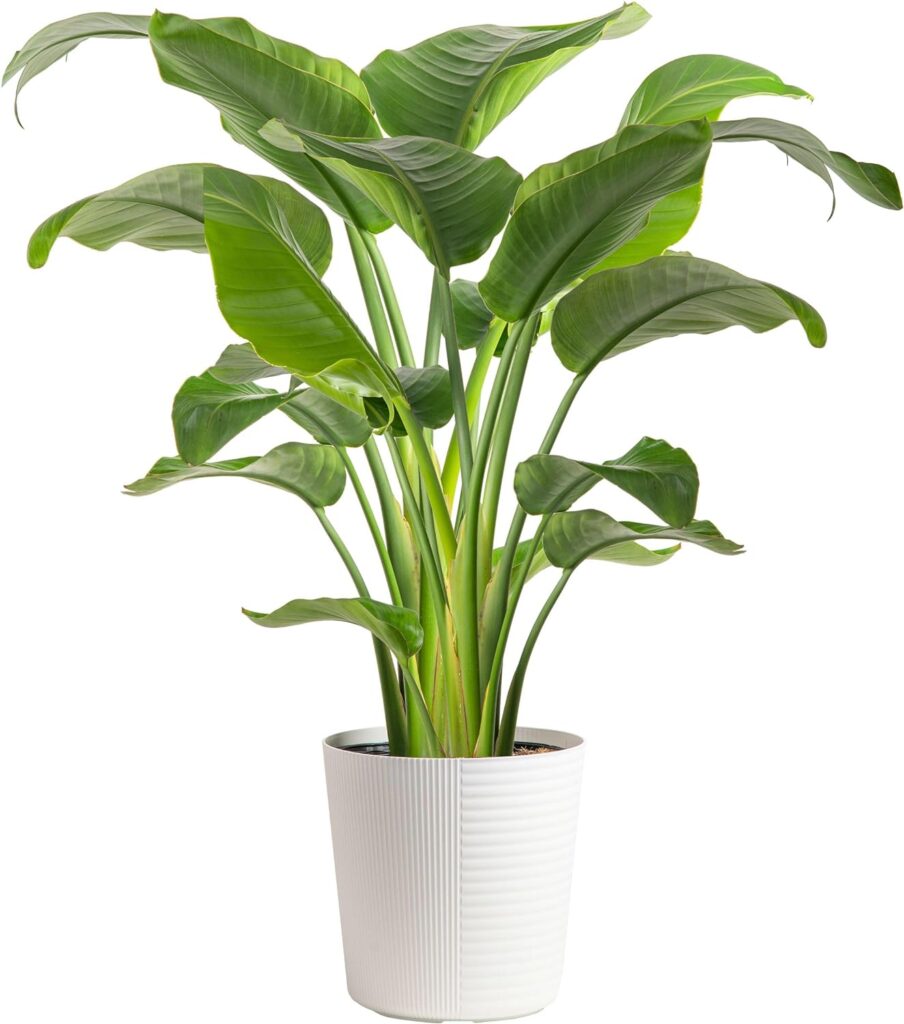
White Bird of Paradise, with its large, banana-like leaves, brings tropical elegance to interiors, thriving in bright, indirect light.
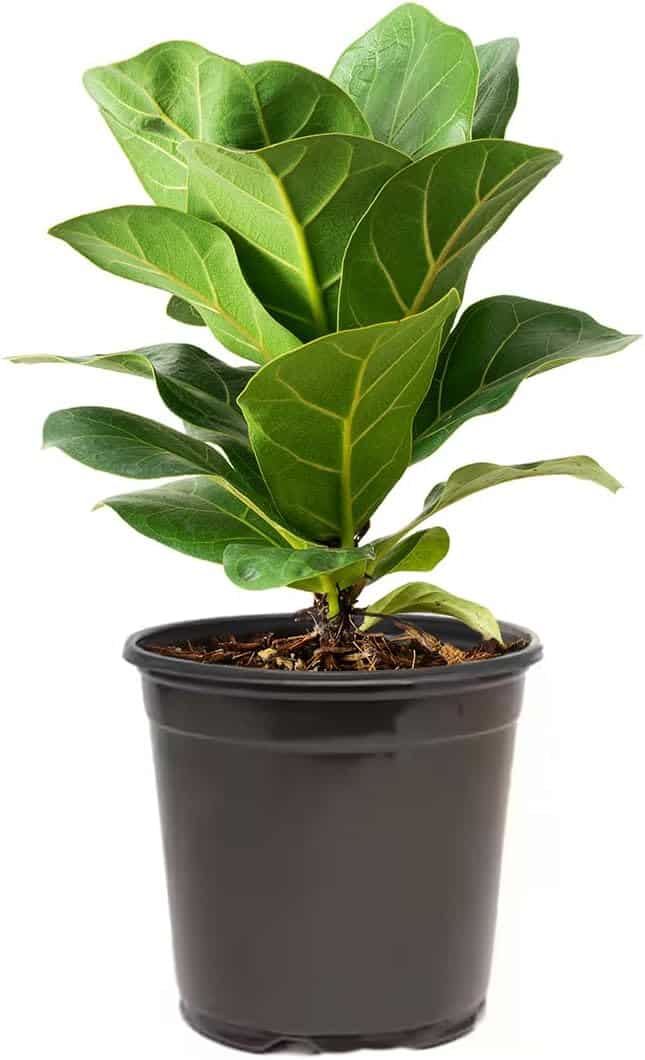
Ficus lyrata, the Fiddle Leaf Fig, boasts striking, fiddle-shaped leaves, enhancing interiors with a touch of sophistication and greenery.
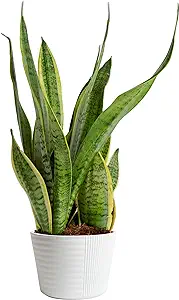
The Live Snake Plant, known for resilience, features upright, sturdy leaves, adding a modern touch and air-purifying benefits to spaces.
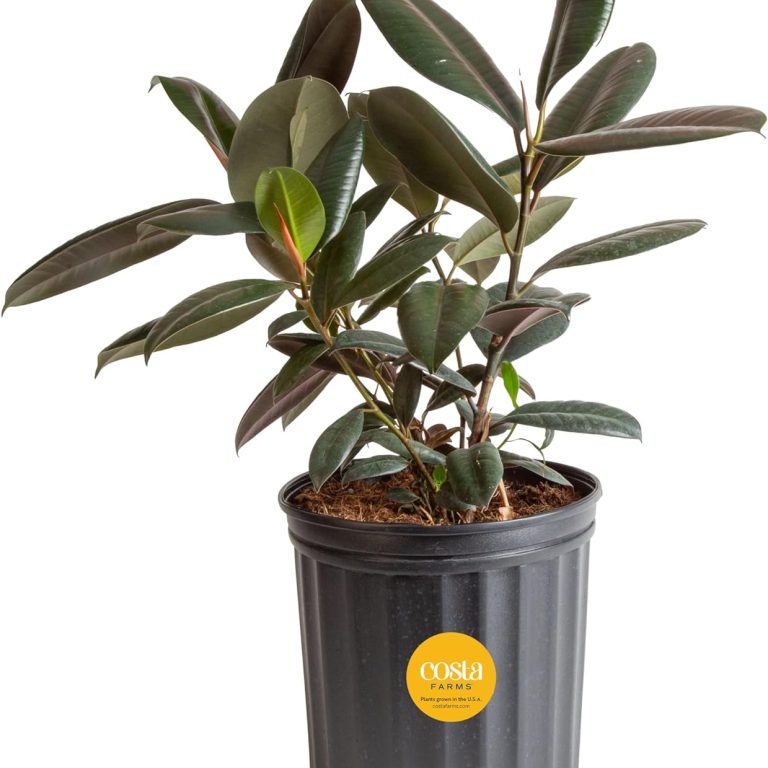
This plant is a great option for people who are busy as it takes very little care.
Any space is made more elegant by the glossy, dark green leaves.
Rubber plants may grow in a variety of indoor environments since they can tolerate varying light levels.
They contribute to a healthier atmosphere by eliminating pollutants from the air.
Households with pets should exercise caution while dealing with rubber plants as they might be poisonous to them.
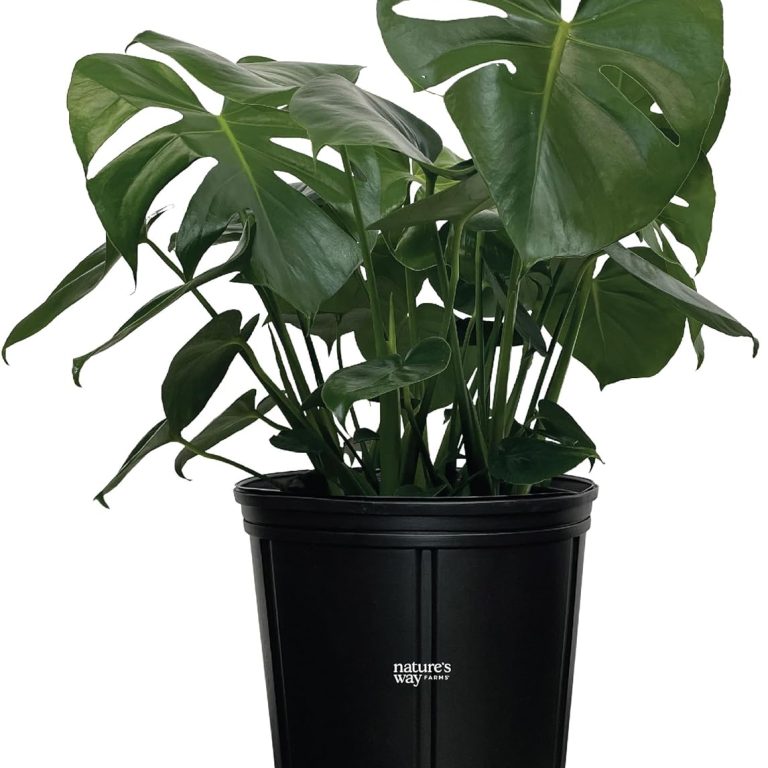
The fenestrated leaves of the Swiss Cheese Plant provide interior spaces a distinctive and fashionable look.
Monstera deliciosa is suitable for a variety of situations because it adjusts well to varied light conditions.
By removing pollutants from the air, it helps to create a healthier indoor atmosphere.
The Swiss Cheese Plant can grow to be rather huge as it ages, thus it needs enough room to grow as best it can.
It’s important to keep the plant out of children’s and dogs’ reach because some of its parts are hazardous if consumed.
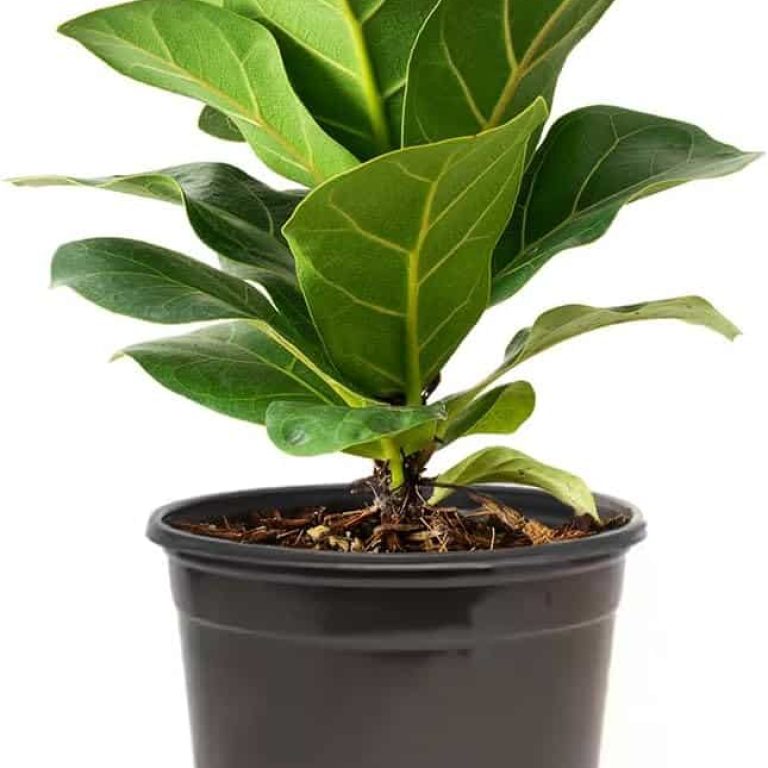
The Fiddle Leaf Fig’s big, glossy leaves make for a striking focal point in any space.
This plant works well with a range of interior design motifs, making it appropriate for a variety of home design types.
It helps to reduce common indoor contaminants and improve the quality of the air.
Its presence improves your living area’s overall visual appeal.
Cons:
When relocated to a new area, fiddle leaf figs may suffer from stress or drop of leaves.
They need regular maintenance, such as enough lighting and watering.
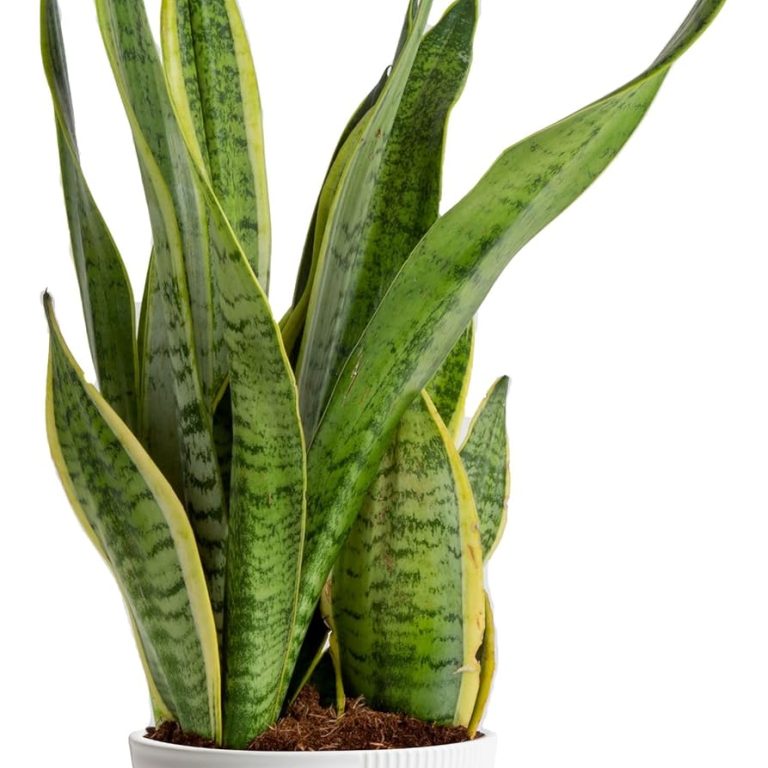
Due to their extreme resilience, snake plants require little maintenance to flourish in low light levels.
They effectively rid the air of pollutants such as benzene and formaldehyde.
They can be used in a variety of indoor locations because they are suitable for a range of light conditions.
The straight, smooth leaves add to a minimalist, modern space.
Cons:
It’s important to allow the soil to dry out in between waterings because over watering might cause root rot.
Although slow growth has its benefits, people who want quick plant development may find it less desirable.
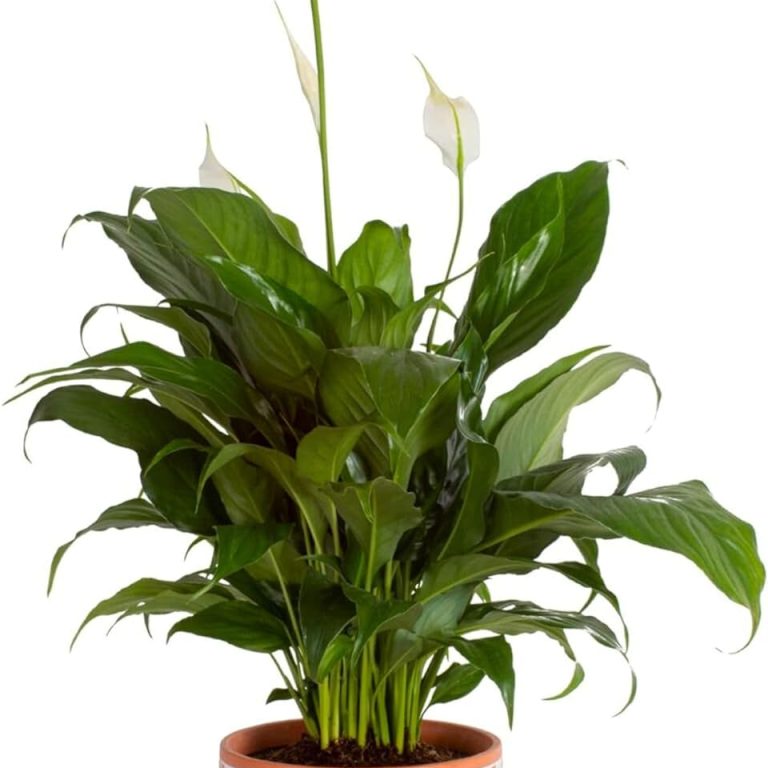
Peace Lilies give forth graceful, white blossoms that infuse interior areas with a hint of elegance.
Because they can grow well in low light, they are a good fit for places with little natural light.
Contributes to cleaner air by removing indoor pollutants.
Peace Lilies are poisonous to pets and ought to be kept away from them, much like a lot of indoor plants.
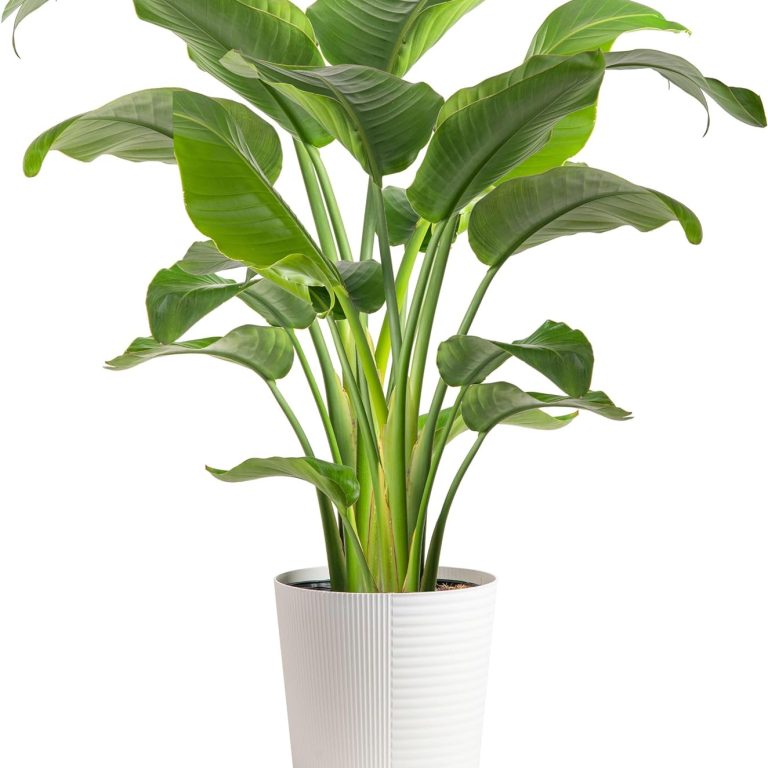
Huge, banana-shaped leaves give indoor areas a hint of the tropics.
Removes contaminants from the air to make it healthier.
Low Maintenance: This plant is ideal for all levels of plant enthusiasts as it requires very little care.
Its distinctive and exotic appearance draws attention to it.
Cons:
Due to its high growth potential, plenty of vertical space is needed.
Shows a slow rate of development, which could be a disadvantage for someone looking for quick greenery.
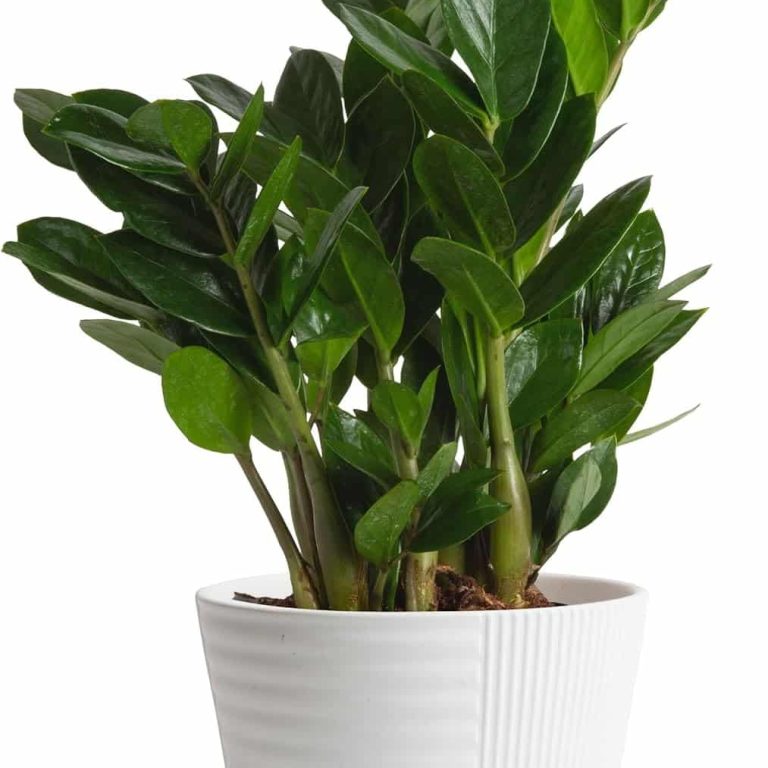
renowned for their hardiness and ability to flourish with little care in low light.
Effectively manages times of neglect and sporadic irrigation.
Eliminates pollutants to improve indoor air quality.
ZZ Because they are poisonous if consumed, children and dogs should not be around plants.
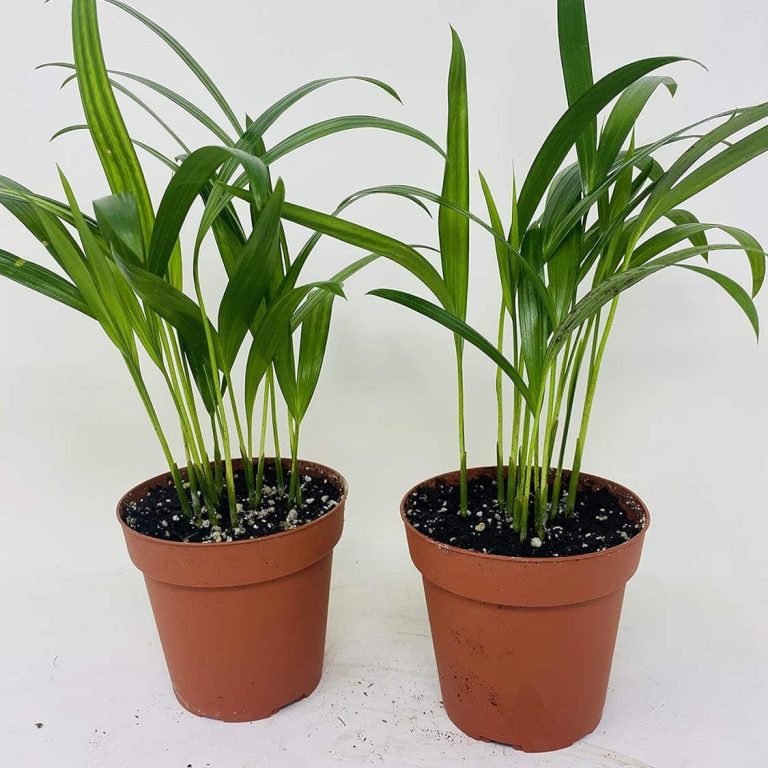
Feathery, arching fronds add a hint of the tropics.
It can adjust to changing lighting situations, making it appropriate for a range of settings.
a useful tool for making a home healthier by eliminating airborne pollutants.
The cheerful and uplifting environment is enhanced by the use of tropical aesthetics.
Needs constant hydration, and leaf tips might turn brown when submerged.

The lush, tropical atmosphere is produced by the large, lobed leaves.
Offers flexibility by tolerating a range of light situations.
Adapts well to interior situations and needs little maintenance.
Demonstrates a continuous and vigorous growth pattern, bringing greenery indoors.
If consumed, certain plant parts are hazardous and should be avoided in homes with kids and pets.
As it ages, it will need plenty of room to grow and become enormous.
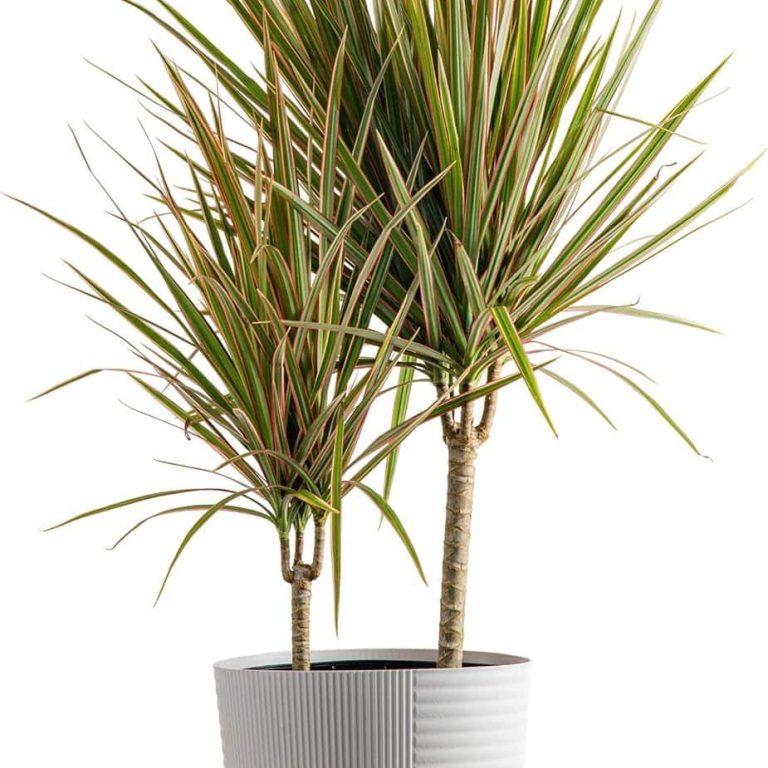
Elegant and beautiful appearance is produced by thin, curving leaves with crimson borders.
Grows well in a range of indoor environments and thrives in varying light levels.
Upright growth fits well in corners and small places since it adds a vertical element.
Helps create a healthier home by improving the quality of the air within.

The glossy, arrow-shaped leaves of Alocasia Polly bring drama and visual intrigue to interior areas.
The plant looks good in both modern and tropical interior designs.
By removing contaminants from the air, they help create a healthier environment.
Needs little maintenance, but adequate humidity and irrigation are important.
Alocasia Polly needs high humidity to grow, which might be difficult to achieve in some interior spaces.
It’s important to achieve the ideal watering balance because overwatering might cause root rot.
To create focal points, give your huge indoor plants distinct regions. To improve the visual appeal, strategically group plants that require similar maintenance.
When choosing huge indoor plants, keep your home’s general decor motif in mind. Select plants that go well with your design and color palette to create a cohesive effect.
Opt for plant containers that not only suit the size of your large indoor plants but also enhance the overall aesthetic. Ensure proper drainage and choose containers that align with your home decor.
Remember that you are creating a green haven rather than merely adding décor when you start the process of adding huge indoor plants to your house. These plants offer advantages beyond beauty, drawing people closer to nature. Accept the pleasure of caring for your green friends, and observe how they turn your house into a peaceful refuge.
Yes, a number of plants, like the ZZ Plant and Snake Plant, do well in low light. Selecting plants that are compatible with the available light levels is crucial, though.
The type of plant and the surrounding conditions determine how often a plant has to be watered. To avoid overwatering, it’s imperative to let the top inch of soil dry completely before applying any water.
Many large indoor plants do well with a balanced, all-purpose fertilizer sprayed during the growing season, however some may benefit from occasional fertilization.